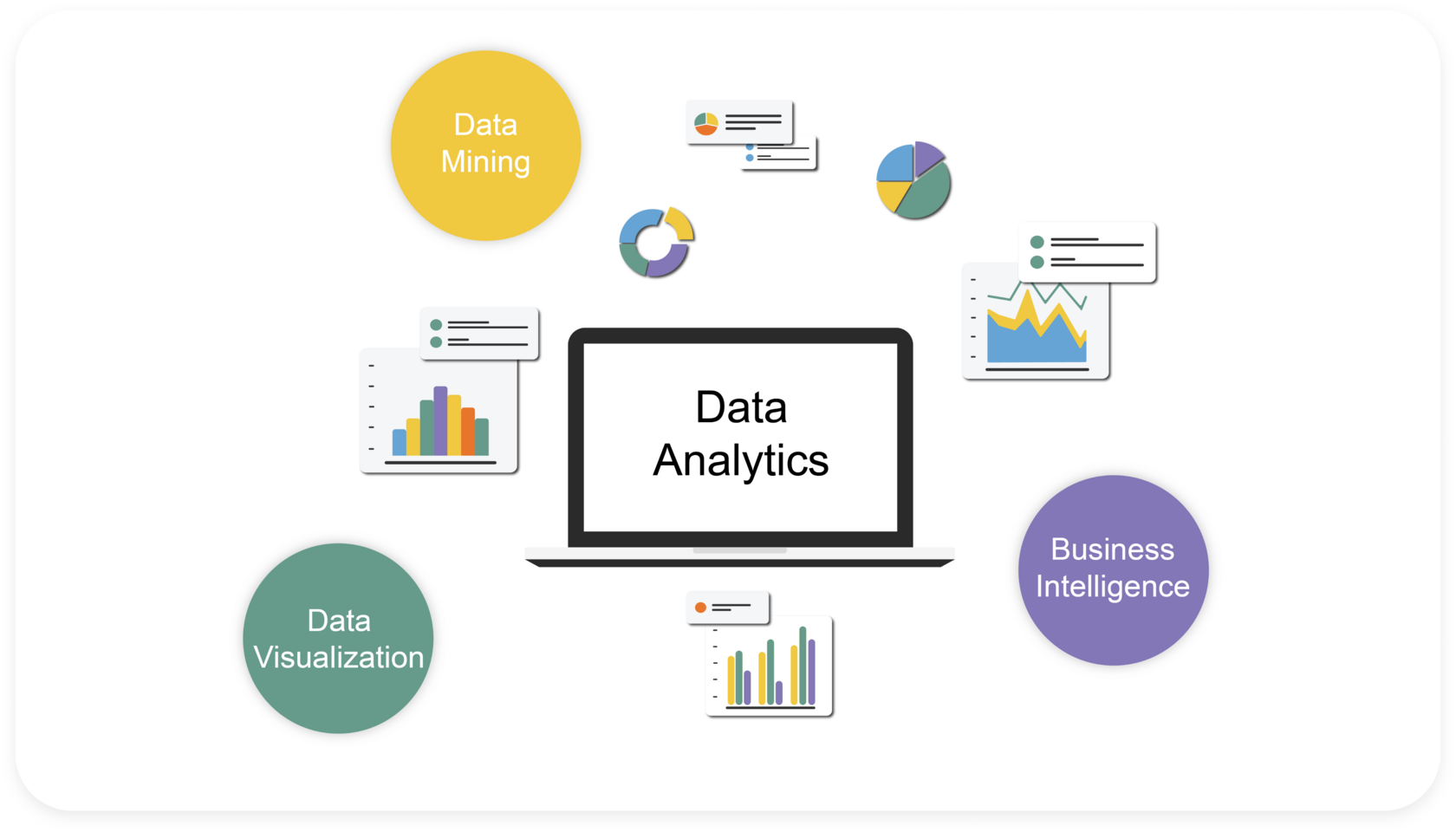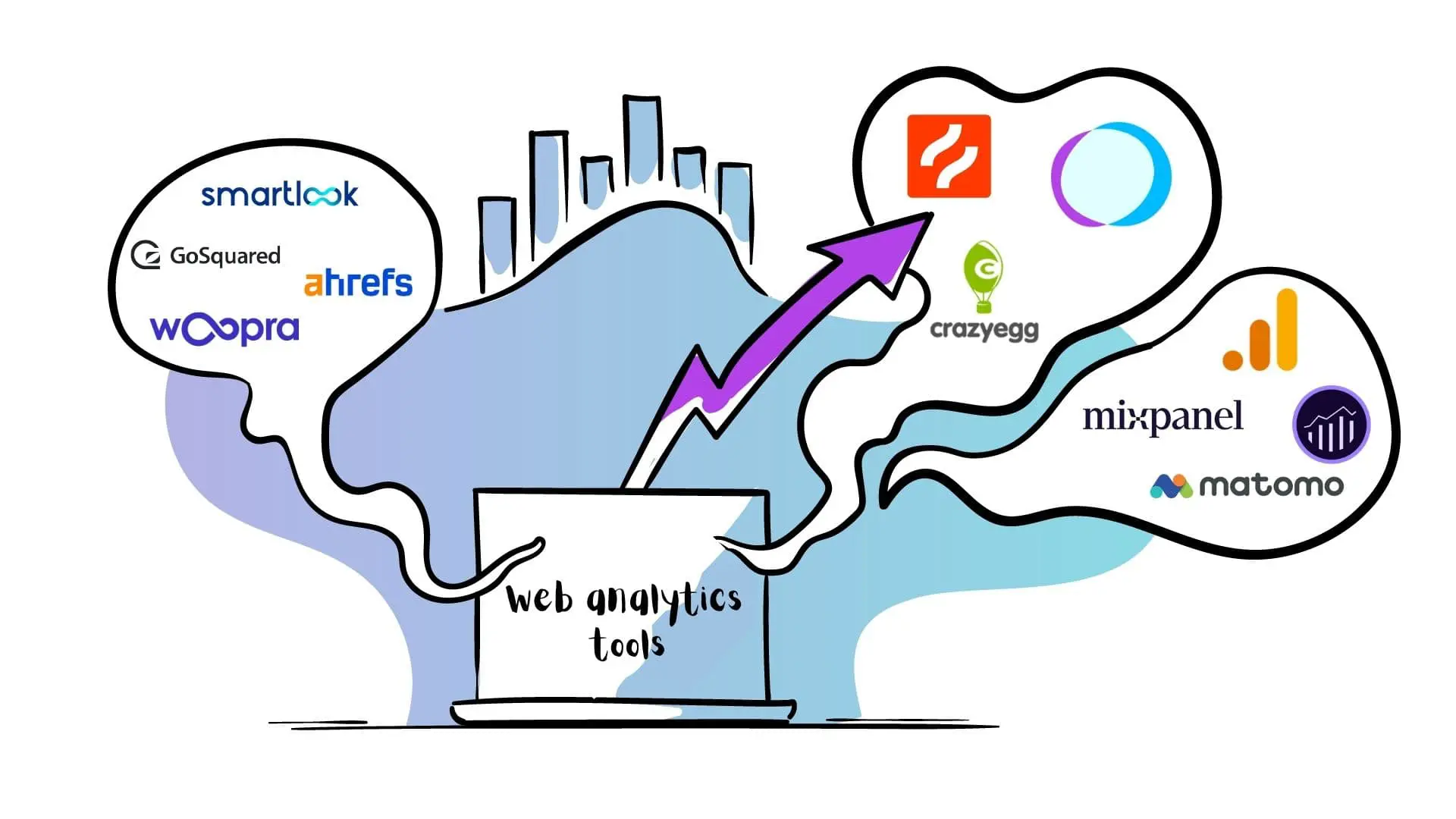Increase Efficiency and Productivity With Data Analytics
In today's data-driven landscape, organizations are progressively identifying the essential function of data analytics in improving functional effectiveness and success. By systematically evaluating data, organizations can uncover vital insights that notify strategic decisions, improve processes, and dressmaker client experiences (Analytics). The challenge lies not just in the execution of these logical devices yet additionally in comprehending just how to convert information into workable outcomes. As we discover the nuances of effective data-driven approaches, the implications for both temporary gains and long-lasting success become significantly clear. What might these insights reveal for your company?
Comprehending Data Analytics
In today's data-driven landscape, understanding information analytics is important for organizations intending to boost functional efficiency and drive success. Data analytics entails the systematic computational evaluation of information sets to discover patterns, relationships, and understandings that educate decision-making. By employing numerous techniques, such as statistical evaluation, equipment knowing, and predictive modeling, organizations can transform raw information right into workable intelligence.
The procedure normally begins with information collection, where appropriate information is gathered from several sources, consisting of transactional data sources, consumer interactions, and market fads. This data is after that cleansed and organized to ensure accuracy and consistency. When the information is prepared, logical devices and software application are utilized to check out and visualize the info, making it possible for stakeholders to determine fads and anomalies.
Ultimately, understanding data analytics encourages organizations to make informed decisions based upon empirical proof instead of instinct. It facilitates targeted techniques that can optimize resource allowance, improve client fulfillment, and enhance general performance. As organizations significantly acknowledge the value of data-driven insights, a strong understanding of information analytics becomes a vital expertise for teams and leaders alike, positioning them for sustained success in a competitive environment.

Trick Benefits for Companies
Companies that utilize information analytics can open a plethora of benefits that considerably enhance their operations and profitability. One of the key advantages is boosted decision-making. Information analytics gives actionable insights obtained from real-time information, enabling services to make educated choices that line up with market demands and customer choices.

In addition, data analytics promotes improved client experiences. By comprehending client behaviors and preferences, services can tailor their offerings, resulting in increased contentment and commitment. This tailored method frequently causes higher conversion prices and repeat organization.
Additionally, information analytics allows services to identify emerging opportunities and trends. By remaining in advance of the curve, organizations can maximize brand-new markets and advancements prior to their rivals.
Executing Data-Driven Techniques
Successful implementation of data-driven techniques requires a detailed understanding of both readily available data and business goals resources. Organizations should first specify their objectives clearly, making certain positioning between data initiatives and tactical purposes. This clarity makes it possible for groups to concentrate page on pertinent metrics and insights that drive decision-making.
Top notch information is necessary for exact evaluation, as bad data can lead to illinformed strategies and squandered sources - Analytics. Organizations has to develop processes for data collection, cleaning, and management to preserve information integrity.
Additionally, fostering a data-driven culture is vital. Workers whatsoever degrees ought to be motivated to utilize information in their daily procedures. Training programs and workshops can enhance information proficiency, equipping personnel to make informed choices based on logical insights.
Tools and Technologies Introduction
A durable suite of tools and technologies is important for organizations intending to harness the full possibility of information analytics. These tools facilitate the collection, handling, and visualization of data, enabling companies to derive workable understandings.
At the foundational degree, data administration platforms such as SQL databases and NoSQL systems give reliable information storage useful source and access abilities. For data handling and analysis, shows languages like Python and R, in addition to frameworks such as Apache Glow, make it possible for complicated computations and machine understanding applications.
Visualization devices, consisting of Tableau and Power BI, change raw data right into intuitive visual styles, making insights obtainable to stakeholders in all levels. Furthermore, cloud-based systems like Google Cloud and AWS supply scalable storage and processing remedies, suiting the growing quantities of data companies run into.
For advanced analytics, anticipating modeling and AI-driven solutions are increasingly embraced, allowing companies to anticipate trends and boost decision-making processes. Incorporating these tools right into existing process is paramount; companies that effectively utilize this modern technology can considerably boost functional performance and drive success. Hence, purchasing the right devices and modern technologies is a tactical imperative for any data-driven company.
Case Studies of Success
Leveraging data analytics has led countless organizations to achieve exceptional enhancements in efficiency and profitability. One notable case is a big retail chain that applied anticipating analytics to optimize inventory management. By assessing historic sales information and client trends, the business lowered excess supply by 30%, resulting in significant cost savings and boosted money circulation.
An additional example can be found in the manufacturing field, where a leading auto maker utilized information analytics to enhance its manufacturing procedures. By keeping track of maker performance in real-time, the company determined inadequacies and bottlenecks, leading to a 20% rise in general devices effectiveness (OEE) This not just enhanced manufacturing prices yet additionally reduced downtime and maintenance costs.

These case see post researches illustrate exactly how information analytics can drive critical decision-making, enhance procedures, and inevitably improve both performance and earnings across different sectors.
Verdict
In verdict, the assimilation of data analytics into service procedures offers considerable chances for improving efficiency and productivity. By systematically examining information, companies can recognize ineffectiveness, optimize customer experiences, and make educated choices.
In today's data-driven landscape, understanding data analytics is necessary for companies aiming to enhance functional performance and drive productivity. Information analytics includes the organized computational evaluation of data sets to uncover patterns, connections, and insights that educate decision-making. Information analytics offers workable insights obtained from real-time data, allowing organizations to make enlightened choices that straighten with market demands and consumer preferences.
Top notch information is essential for exact analysis, as poor information can lead to illinformed techniques and squandered resources. Organizations has to establish procedures for information collection, cleaning, and monitoring to keep data honesty.